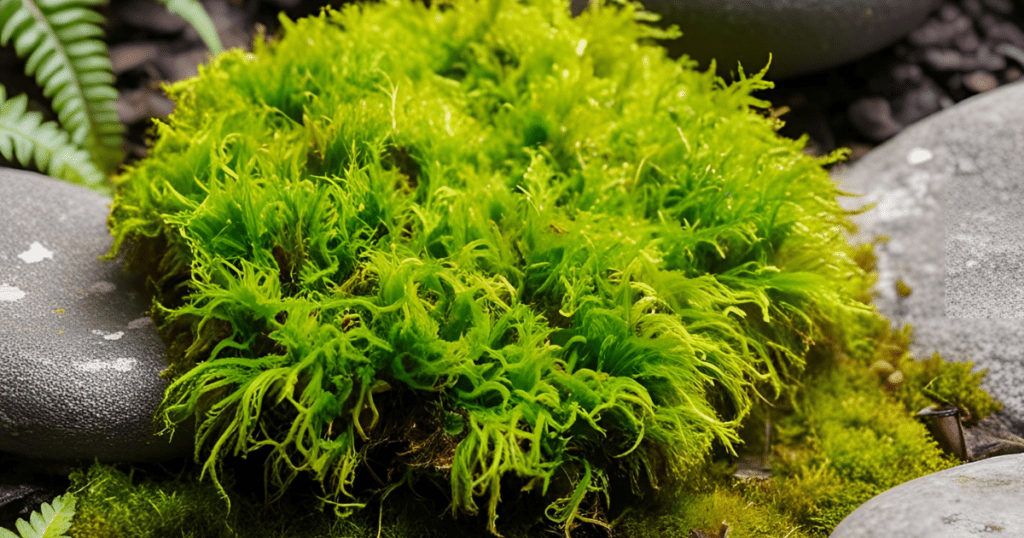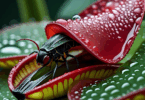Moss gardens bring a serene, natural beauty to any outdoor space. Unlike most plants, moss thrives in shaded, damp areas, making it the perfect solution for those tricky, low-light corners of your garden.
Its velvety texture and vibrant green hue create a calming, Zen-like atmosphere that enhances the overall aesthetic of your garden. Whether you want to cover a shaded patch of soil or add some greenery to stone pathways, moss can be a simple yet impactful addition.
Why Moss is Perfect for Shady Spots

Moss is not like regular plants, it doesn’t have roots, so it absorbs water and nutrients directly from the air and surface beneath it. This makes it an excellent choice for shady, moist areas where other plants might struggle.
Moss also acts as a natural ground cover, helping to prevent soil erosion and retain moisture. Additionally, it requires little maintenance, as it doesn’t need mowing, fertilizing, or constant watering.
Benefits of growing moss in shady areas:
- Thrives without direct sunlight
- Low maintenance and eco-friendly
- Helps control soil erosion and retain moisture
- Enhances biodiversity by providing a habitat for insects and small creatures
Choosing the Right Moss for Your Garden
There are different types of moss, each suited for specific conditions. Choosing the right variety will ensure your moss garden flourishes:
- Sheet Moss – Ideal for creating a carpet-like cover over soil or rocks.
- Cushion Moss – Forms round, pillow-like shapes, perfect for adding texture.
- Fern Moss – Prefers very damp conditions and creates a feathery appearance.
- Rock Cap Moss – Grows well on stone surfaces and thrives in shaded rock gardens.
Research local moss species that naturally grow in your area to ensure the best match for your garden’s climate.
How to Prepare and Plant Moss
1. Find a Suitable Location
Identify a shaded area with consistent moisture, such as under trees, along shaded garden paths, or on the north side of your house.
2. Clean the Surface
Clear away any debris, weeds, or loose soil from the planting area. Moss prefers a firm, compact surface to attach to.
3. Collect or Purchase Moss
You can either gather moss from your local area (ethically) or purchase it from a garden center. Moss is highly adaptable, so transplanting it is usually straightforward.
4. Plant the Moss
Press the moss gently onto the surface, ensuring good contact. Mist it with water to help it settle. For vertical surfaces, you can create a moss paste (blending moss with yogurt or buttermilk) and apply it to rocks or walls.
5. Maintain Moisture
Keep the moss damp, especially during the first few weeks after planting. Regular misting is ideal. Once established, moss requires minimal watering unless there’s an extended dry period.
To ensure your moss garden thrives, it’s helpful to understand The Moss Life Cycle. Moss reproduces through spores rather than seeds, and its life cycle includes both sexual and asexual stages.
Maintaining Your Moss Garden
Moss is naturally low-maintenance, but a few simple steps will keep it looking lush:
- Keep it moist – Mist it with water, especially during dry spells.
- Remove debris – Gently clear fallen leaves and twigs to prevent moss from being smothered.
- Limit foot traffic – Moss is delicate, so avoid walking on it directly.
Common Issues and How to Fix Them
Dry or Brown Moss
- Increase misting and ensure the area remains damp.
- Check for too much sunlight—if so, provide more shade.
Patchy Growth
- Add more moss to the area and mist regularly.
- Ensure the surface is clean and free from competing plants.
Yellowing Moss
- This could be due to too much water—reduce watering and improve drainage if needed.
Why Moss Gardens Are Worth It
Moss gardens are not only visually appealing but also environmentally beneficial. Moss helps purify the air by absorbing pollutants and producing oxygen. It also creates a microhabitat for insects and small wildlife, promoting biodiversity in your garden.
If you’re looking for more inspiration on eco-friendly gardening, check out this guide on sustainable garden practices.







